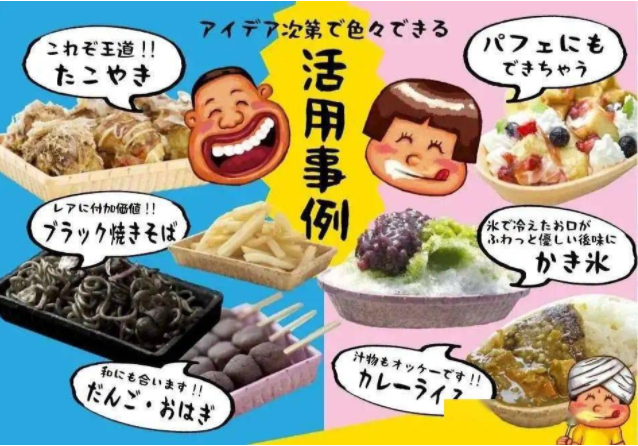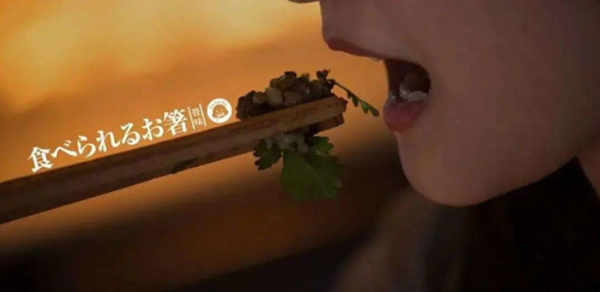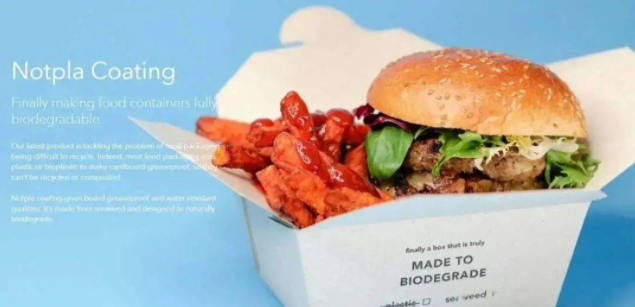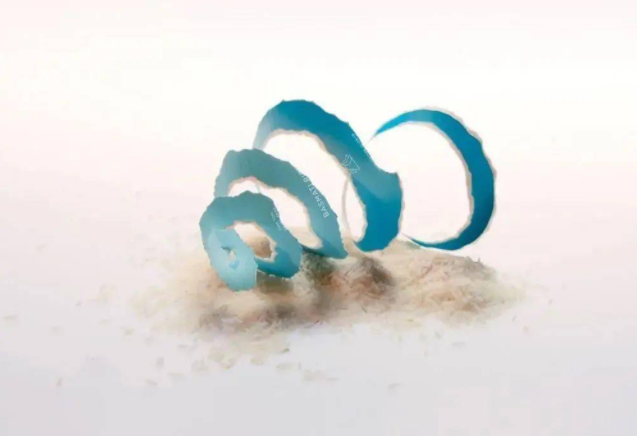Today, the launch of various innovative technologies not only drives the healthy development of the market, but also brings more growth opportunities to the packaging and printing field. With the emergence of many “black technologies”, more and more magical packaging products have begun to enter our lives.
Fortunately, in recent years, manufacturers have paid more and more attention to environmental protection issues, and are willing to invest more costs to improve packaging, such as edible packaging, packaging that disappears without traces, and so on.
Today, the editor will take stock of those creative and environmentally friendly packaging for you, and share with you the technological charm and unique style behind the products.
edible packagingStarch, protein, plant fibers, natural organisms, can all be used to produce edible packaging.
Japan’s Maruben Fruit Co., Ltd. originally produced ice cream cones. Since about 2010, they have deepened their cone technology and made edible plates with 4 flavors of shrimp, onion, purple potato, and corn using potato starch as raw materials. “E-TRAY”.
In August 2017, they released another edible chopsticks made of rushes. The amount of dietary fiber contained in each pair of chopsticks is equivalent to a plate of vegetable and fruit salad.
London-based sustainable company Notpla uses seaweed and plant extracts as raw materials and uses molecular gastronomy technology to produce edible packaging material “Ooho”. Swallowing a small “water polo” is roughly the same as eating a cherry tomato.
It has two layers of film. When eating, just tear off the outer layer and put it directly in the mouth. If you don’t want to eat it, you can throw it away, because the inner and outer layers of Ooho are biodegradable without special conditions, and they will disappear naturally in four to six weeks.
Evoware, an Indonesian company that also uses seaweed as raw materials, has also developed a 100% biodegradable edible packaging, which can be dissolved as long as it is soaked in hot water, suitable for instant noodle seasoning packets and instant coffee packets.
South Korea once launched a “rice straw”, which contains 70% rice and 30% tapioca flour, and the whole straw can be eaten into the stomach. Rice straws last 2 to 3 hours in hot beverages and more than 10 hours in cold beverages. If you don’t want to eat it, the rice straw will automatically decompose within 3 months, and there is no harm to the environment.
Edible packaging is healthier in terms of raw materials, but the biggest significance is environmental protection. It does not generate waste after use, which maximizes the utilization of resources and reduces the generation of plastic waste as a substitute, especially those edible tableware that can be degraded without special conditions.
It is worth noting that edible tableware has not obtained the relevant license in my country. At present, edible packaging is more suitable for inner packaging of products, and is also more suitable for local production and short-term activities.
Traceless packaging After Ooho, Notpla launched “a takeaway box that wants to really disappear”.
Traditional cardboard take-out boxes for water and oil repellency either have synthetic chemicals added directly to the pulp, or synthetic chemicals are added to a coating made of PE or PLA, in many cases both. These plastics and synthetic chemicals make it impossible to break down or recycle.
And Notpla exclusively sourced cardboard that is free of synthetic chemicals and developed a coating that is 100% made from seaweed and plants, so their takeaway boxes are not only oil- and water-repellent from plastic, but also durable within weeks.” “like fruit” biodegrades.
Swedish design studio Tomorrow Machine has created a number of extremely short-lived packs. The collection, called “This Too Shall Pass”, is inspired by biomimicry, using nature itself to solve environmental problems.
An olive oil wrapper made of caramel and wax coating that can be cracked open like an egg. When it’s opened, the wax no longer protects the sugar, and the package melts when it comes in contact with water, disappearing into the world without a sound.
Basmati rice packaging made from beeswax, which can be peeled like a fruit and easily biodegraded.
Raspberry smoothie packs are made with agar seaweed gel and water for making drinks that have a short shelf life and require refrigeration.
Sustainability brand Plus, has launched a non-aqueous body wash in a pouch made from wood pulp. When the shower tablet touches water, it will foam and turn into a liquid shower gel, and the outer packaging bag will dissolve within 10 seconds.
Compared with traditional bottled body wash, this body wash has no plastic packaging, reduces water by 38%, and reduces carbon emissions by 80% during transportation, solving the water transportation and disposable plastic packaging problems of traditional body wash.
Although the above products may still have some shortcomings, such as high cost, poor experience, and lack of science, scientists’ exploration will not stop there. Let us start from ourselves, produce less garbage and produce more ideas~
Post time: Aug-16-2022




